Key Takeaways:
- Gold classifiers are essential for efficient gold recovery, helping to filter out large rocks and debris.
- Durability, mesh sizes, and material are key factors to consider when choosing a gold classifier.
- Price and lightweight design can influence the decision, but the overall effectiveness in gold prospecting should be the priority.
Gold classifiers are an indispensable tool for any serious gold prospector. They are designed to sort through material, separating the larger rocks and debris from the finer gold-bearing dirt.
This review will delve into the various aspects of gold classifiers, from their construction and design to their efficiency and cost-effectiveness in the field of gold prospecting.
The Role of Gold Classifiers in Gold Panning
Gold panning is a time-honored method of gold prospecting that requires patience and the right tools to be successful. Gold classifiers play a pivotal role in this process.
They work by fitting over the top of a gallon bucket or a gold pan, allowing prospectors to shake the material so that only the smaller particles fall through the screens.
This pre-classification of material saves time and increases the chances of recovering the elusive gold.
The efficiency of gold classifiers is measured by their ability to filter out unwanted larger rocks and debris quickly.
This not only speeds up the gold panning process but also prevents damage to the gold pan itself. By removing the larger rocks, prospectors can focus on the sand and smaller gravels where gold is more likely to be found.
Construction and Durability
When it comes to construction, durability is a key factor. Gold classifiers are often subject to rough handling in the field, which means they need to be built to withstand the elements and constant use.
Stainless steel is a popular choice for classifiers as it is both durable and resistant to rust. The build quality directly affects the lifespan of the classifier, so investing in a well-constructed classifier can save money in the long run.
Durability also extends to the mesh screens. These screens need to be robust enough to handle the weight of the rocks and dirt without tearing.
The mesh sizes vary, usually measured in inches or millimeters, and should be chosen based on the specific needs of the prospector and the typical gold size in the area being worked.
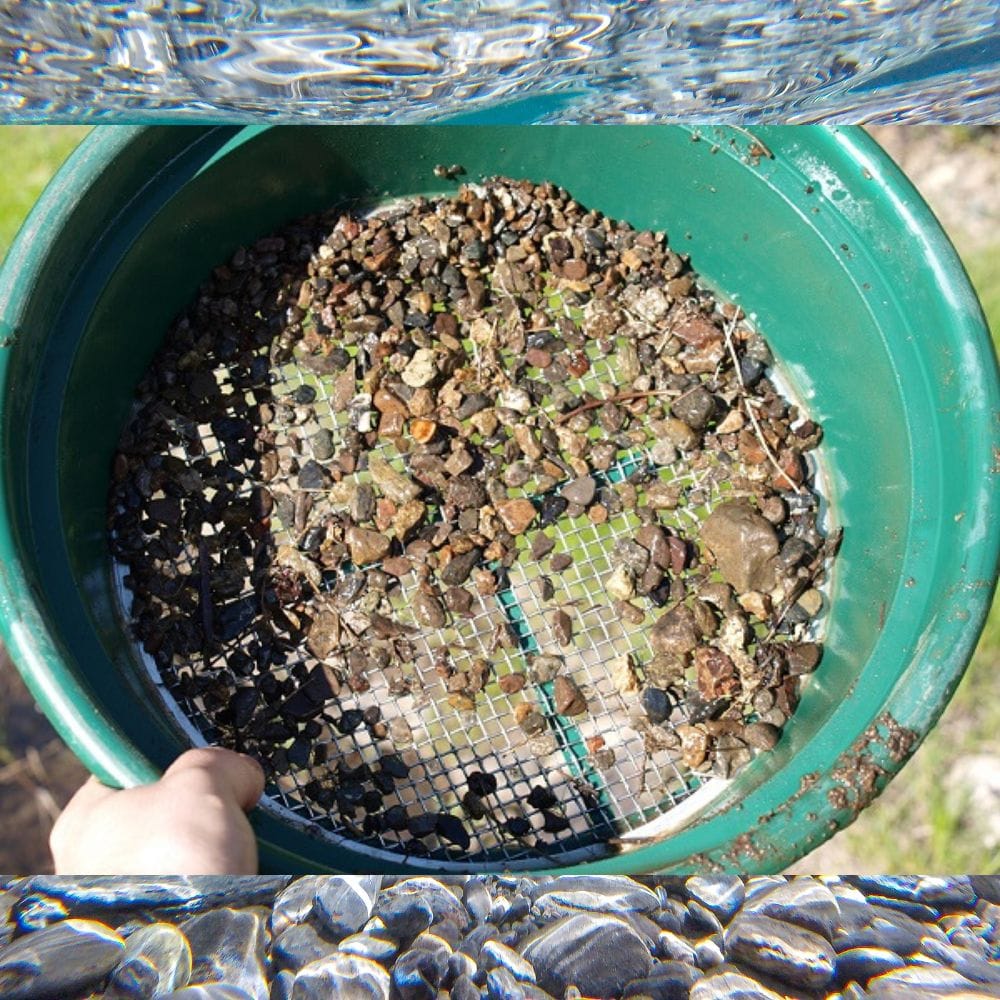
Mesh Sizes and Material Sorting
The effectiveness of a gold classifier largely depends on its mesh sizes. These determine the size of the material that will be filtered out. Classifiers come with various mesh sizes, and some prospectors may use multiple sieves with different sizes to gradually refine the material.
The right mesh size can make the difference between missing smaller flakes of gold and recovering them.
Material sorting is where the classifier proves its worth. By removing larger rocks and debris, the classifier allows for more efficient processing of the remaining material.
This not only increases the chances of gold recovery but also makes the panning process more manageable, especially for those who spend long hours in the field.
The Blue Bowl Classifier
The blue bowl is a specific type of gold classifier that has gained popularity among gold prospectors. It is designed to recover fine gold from concentrates through a water-driven process that separates the gold from the lighter material.
The blue bowl is highly efficient and can recover gold as small as a speck of dust.
Prospectors often use the blue bowl in conjunction with other classifiers to first remove the larger rocks and debris.
The blue bowl then takes the finer material and, through a combination of gravity and water flow, separates the gold. This two-step process is highly effective and can significantly increase the amount of gold recovered.
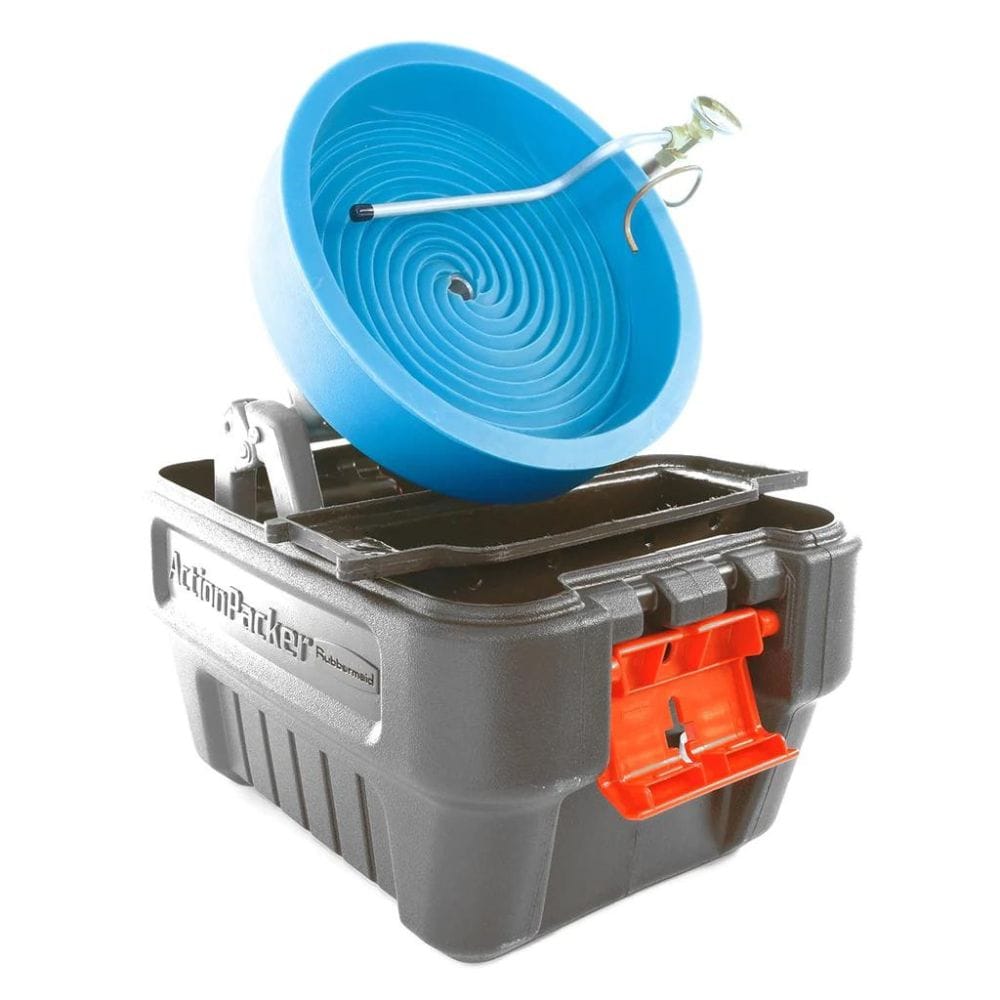
Portability and Ease of Use
Gold prospecting often involves traveling to remote locations, which means that portability is an important consideration when choosing a gold classifier.
Lightweight designs are preferred, as they are easier to carry and set up. Some classifiers are designed to collapse or stack, which can save valuable space during transport.
Ease of use is another crucial aspect. A good classifier should be simple to operate, requiring minimal assistance.
This allows prospectors to work independently and efficiently, focusing on the task of gold recovery rather than struggling with complicated equipment.
Price Considerations
Price is always a consideration when it comes to gold prospecting equipment. Gold classifiers range in price from affordable to quite expensive, depending on the quality and features offered.
While it may be tempting to go for the cheapest option, it's important to balance cost with effectiveness and durability.
Investing in a more expensive classifier may seem daunting, but it can pay off in the long run if it means more efficient gold recovery and less need for replacements.
It's worth considering the long-term benefits when making a purchase decision.
Classifying for Efficiency
Classifying material is not just about sorting; it's about efficiency. A good classifier can significantly reduce the amount of time spent processing dirt and increase the overall yield of gold. By filtering out the larger rocks and concentrating on the finer material, prospectors can process more material in less time.
Efficiency also extends to water usage. In areas where water is scarce, having a classifier that can operate with minimal water is a huge advantage. This is where tools like the blue bowl classifier, which recirculates water, can be particularly useful.
The Importance of Classifying
Classifying material is an essential step in gold prospecting. It can be the difference between a successful outing and a fruitless one.
By using a classifier to remove larger rocks and debris, prospectors ensure that they are not wasting time panning material with a low probability of containing gold.
The act of classifying also helps to protect the environment. By removing larger rocks and returning them to the stream or digging site, prospectors minimize the disruption to the natural setting.
This practice is not only good for the environment but is also often a requirement of many public panning areas.
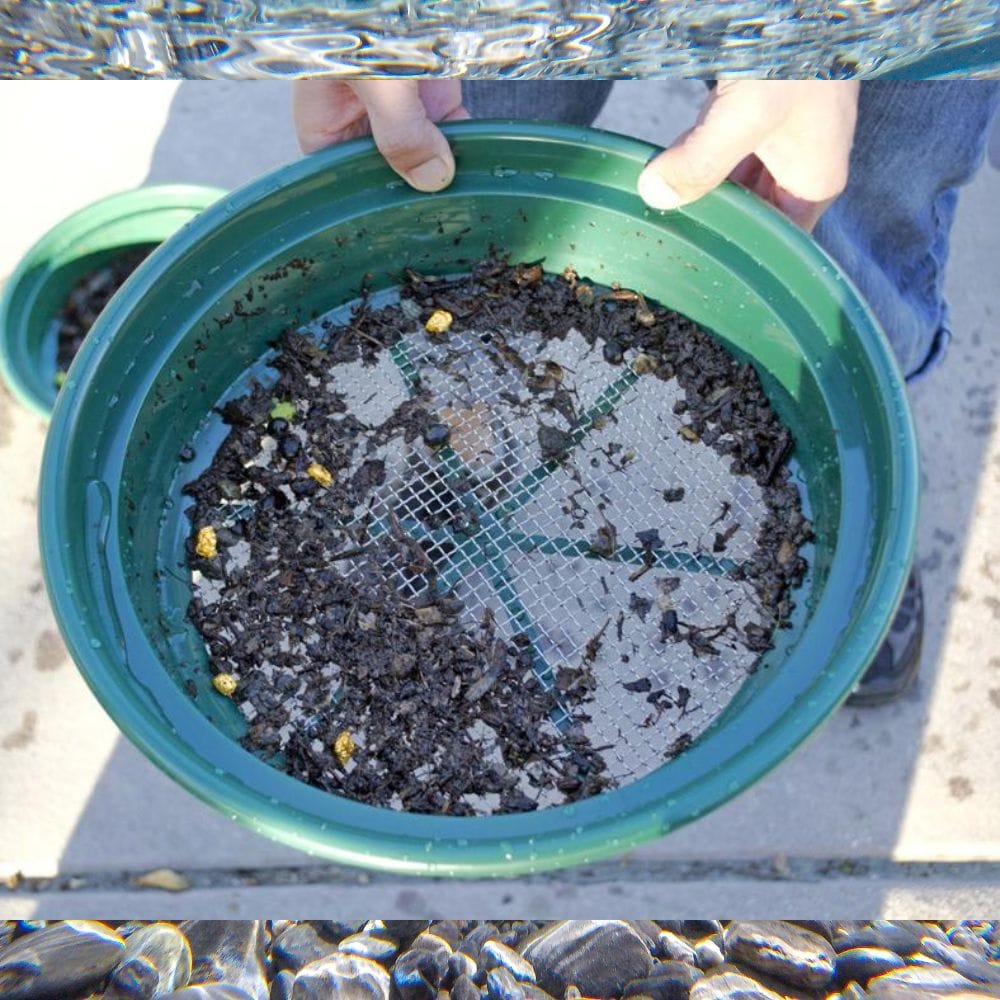
Selecting the Right Classifier
Selecting the right gold classifier comes down to the individual needs of the prospector.
Factors such as the typical gold size in the area, the amount of material to be processed, and the specific gold prospecting techniques used will all influence the choice of classifier.
Prospectors should also consider the classifier's compatibility with other equipment they may be using, such as sluice boxes or blue bowls.
The right classifier should integrate seamlessly into the prospector's setup, enhancing the overall gold recovery process.
Some Final Thoughts
Gold classifiers are a critical tool for any gold prospector. They save time, increase efficiency, and improve the chances of recovering gold.
When choosing a classifier, it's important to consider durability, mesh sizes, ease of use, portability, and price.
The blue bowl classifier stands out as a specialized tool for fine gold recovery, but there are many options available to suit different needs and preferences.
FAQ Section
Q: What is the main purpose of a gold classifier? A: The main purpose of a gold classifier is to sort and filter out larger rocks and debris from the material being processed, allowing for more efficient gold recovery.
Q: How do I choose the right mesh size for my classifier? A: Choose a mesh size based on the typical gold size in the area you are prospecting and the level of refinement you need for your material. It's common to use multiple classifiers with different mesh sizes for gradual sorting.
Q: Are more expensive gold classifiers worth the investment? A: More expensive gold classifiers can be worth the investment if they offer improved durability, efficiency, and gold recovery rates. It's important to weigh the long-term benefits against the initial cost.
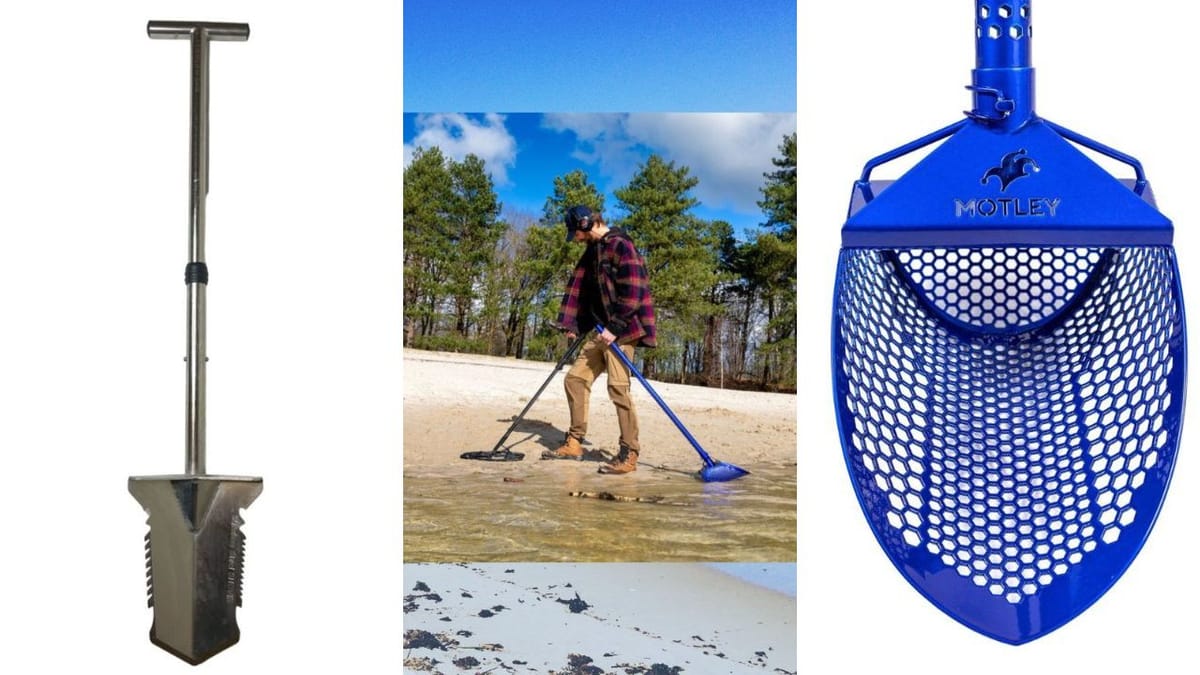


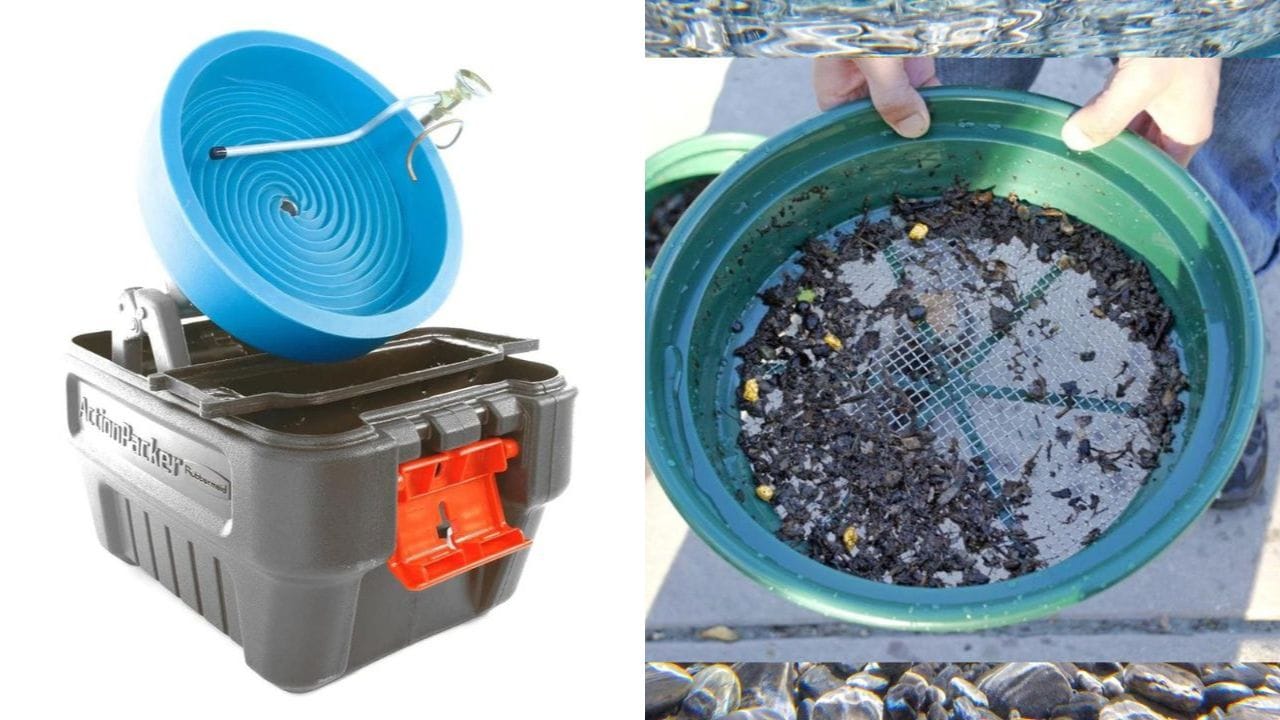




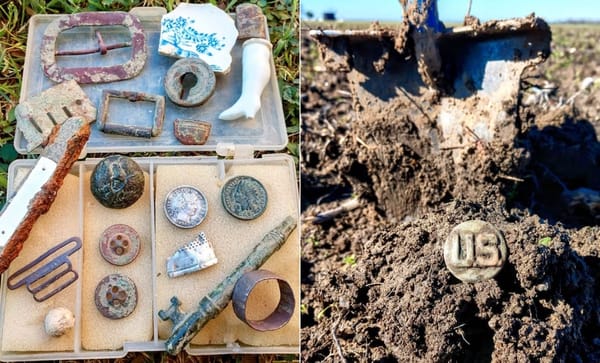
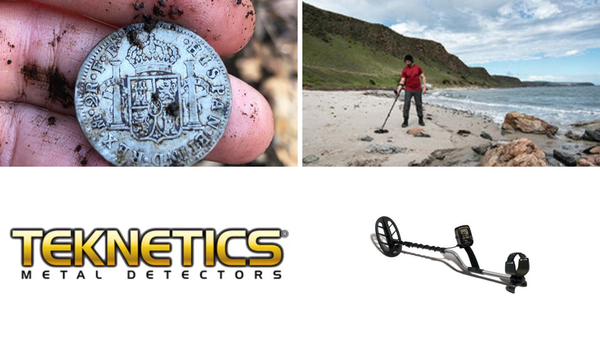
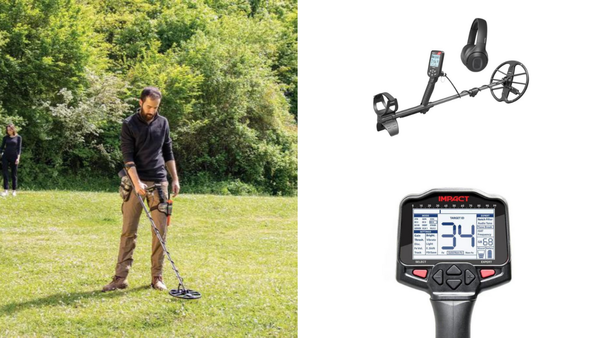
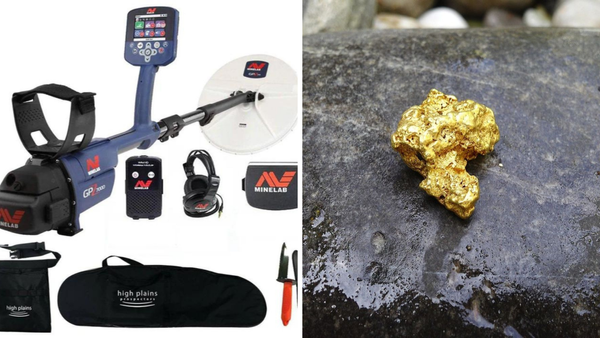
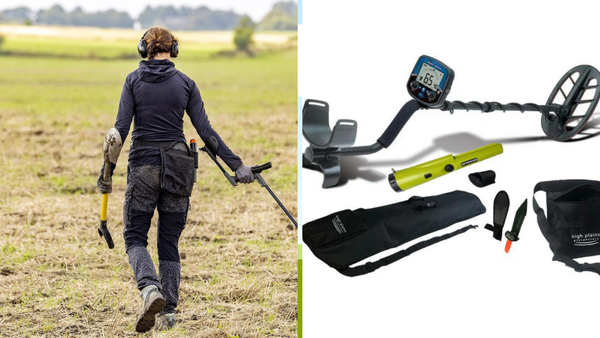
Member discussion